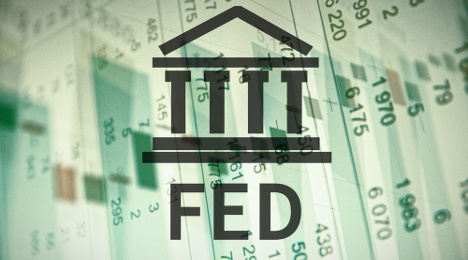How Fed rate could hit 2 percent

By subscribing, you agree to receive communications from Auto Remarketing and our partners in accordance with our Privacy Policy. We may share your information with select partners and sponsors who may contact you about their products and services. You may unsubscribe at any time.
SAN FRANCISCO –
While many auto finance executives are gearing up for Thanksgiving with family and friends, it appears leadership of the Federal Reserve is not only prepping for turkey, too, but also mulling over how much interest rates should be increased.
In a little more than three weeks, the policy-setting Federal Open Market Committee will convene for the final time this year when the group is expected to finally make an adjustment after passing on the move during each of its previous seven gatherings so far in 2015.
In fact, according to a recent online report from Bloomberg, most economists in a Bloomberg survey and traders of federal funds futures expect an uptick from the near-zero current reading, where the Fed’s key lending rate has been since 2008.
Bloomberg’s report cited recent comments from John Williams, president and chief executive officer of the Federal Reserve Bank of San Francisco, indicating that policymakers are watching a wide array of economic indicators in their process to move the rate up to 2 percent.
“Assuming that we continue to get good data on the economy, continue to get signs that we’re moving closer to achieving our goals,” Williams said while speaking with reporters at the University of California at Berkeley on Saturday. “There’s a strong case that can be made in December to raise rates.”
The comments from Williams this past weekend mirror what the San Francisco Fed overseer indicated during a presentation to the Arizona Council on Economic Education earlier this month in Tempe, Ariz. The appearance came shortly after the FOMC made its most recent pass on raising the interest rate just before Halloween.
Subscribe to Auto Remarketing to stay informed and stay ahead.
By subscribing, you agree to receive communications from Auto Remarketing and our partners in accordance with our Privacy Policy. We may share your information with select partners and sponsors who may contact you about their products and services. You may unsubscribe at any time.
“To my mind, the decision was a close call, in part reflecting the crosscurrents we’re navigating: On one hand, the U.S. economy continues to grow and is closing in on full employment. On the other, in large part due to developments abroad, inflation has remained lower than we’d like,” Williams said.
“In any event, we should fully celebrate that the economic expansion is entering its seventh year with good momentum,” he continued.
And as far as what might happen when the committee gathers again beginning on Dec. 15, Williams maintained the approach the Fed has taken since the recession.
“Our decisions are based on a careful analysis of two sides of the ledger: The one that argues for a little more patience and the one that prefers the ‘sooner rather than later’ approach,” he said.
“Experience shows that an economy that runs too hot for too long can generate imbalances that ultimately lead to either excessive inflation or an economic correction and recession,” Williams continued.
“I also want to stress that when we’re looking at monetary policy choices, it’s important to remember that we’re in a very different place now than when we first instituted extremely accommodative policy,” he went on to say.
“Since the dark days of late 2009, we’ve added 13 million jobs; more than 3 million of those came last year, and most of those were full-time,” Williams added. “It’s been a tough journey back, and when I look ahead, I’m highly conscious that monetary policy played a crucial role in healing a once-ailing economy.”


